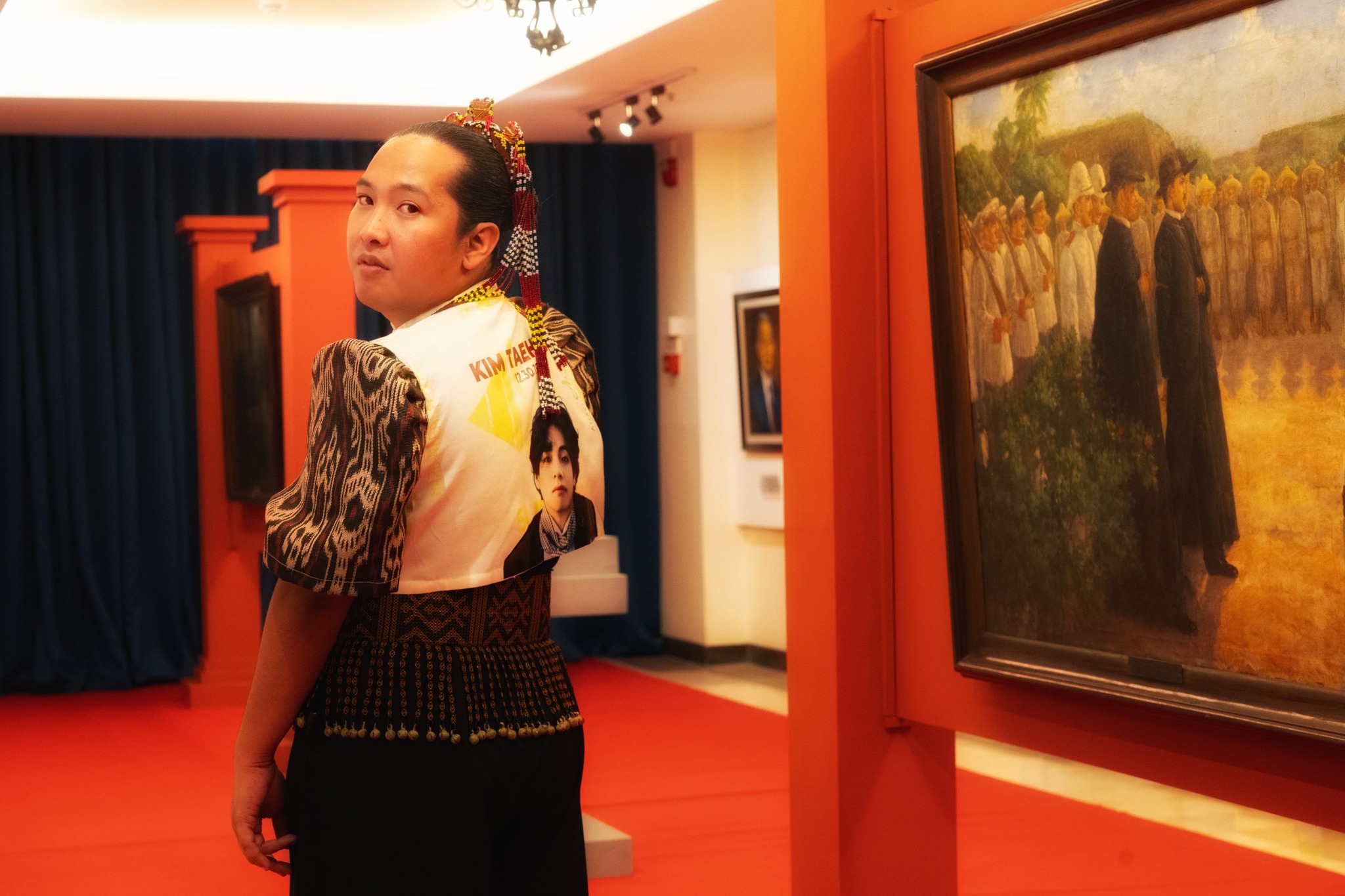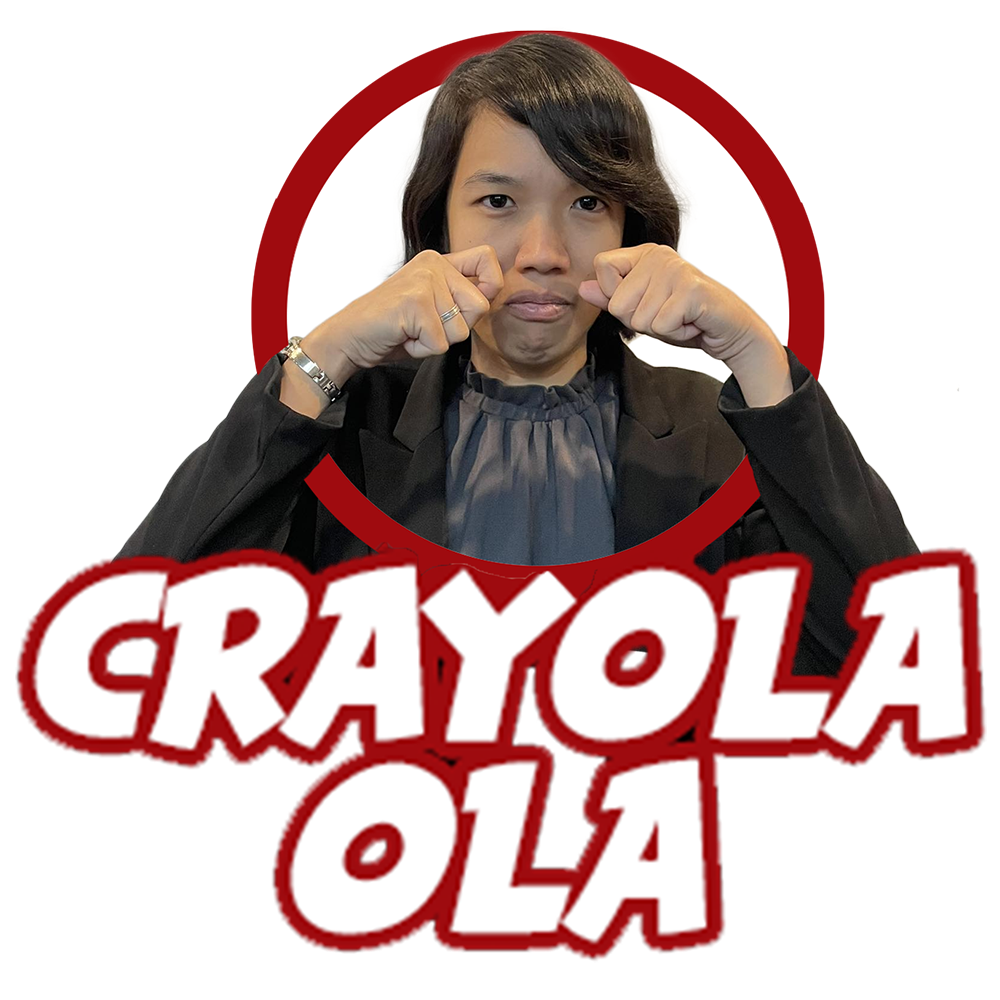Who would have thought that the past and the present could be seamlessly combined through a single piece of clothing?
During the 128th death anniversary of the national hero, Dr. Jose Rizal, a striking outfit worn by Mx. Ryan Tan, the Heraldry Curator of the National Historical Commission of the Philippines (NHCP), caught everyone’s attention.
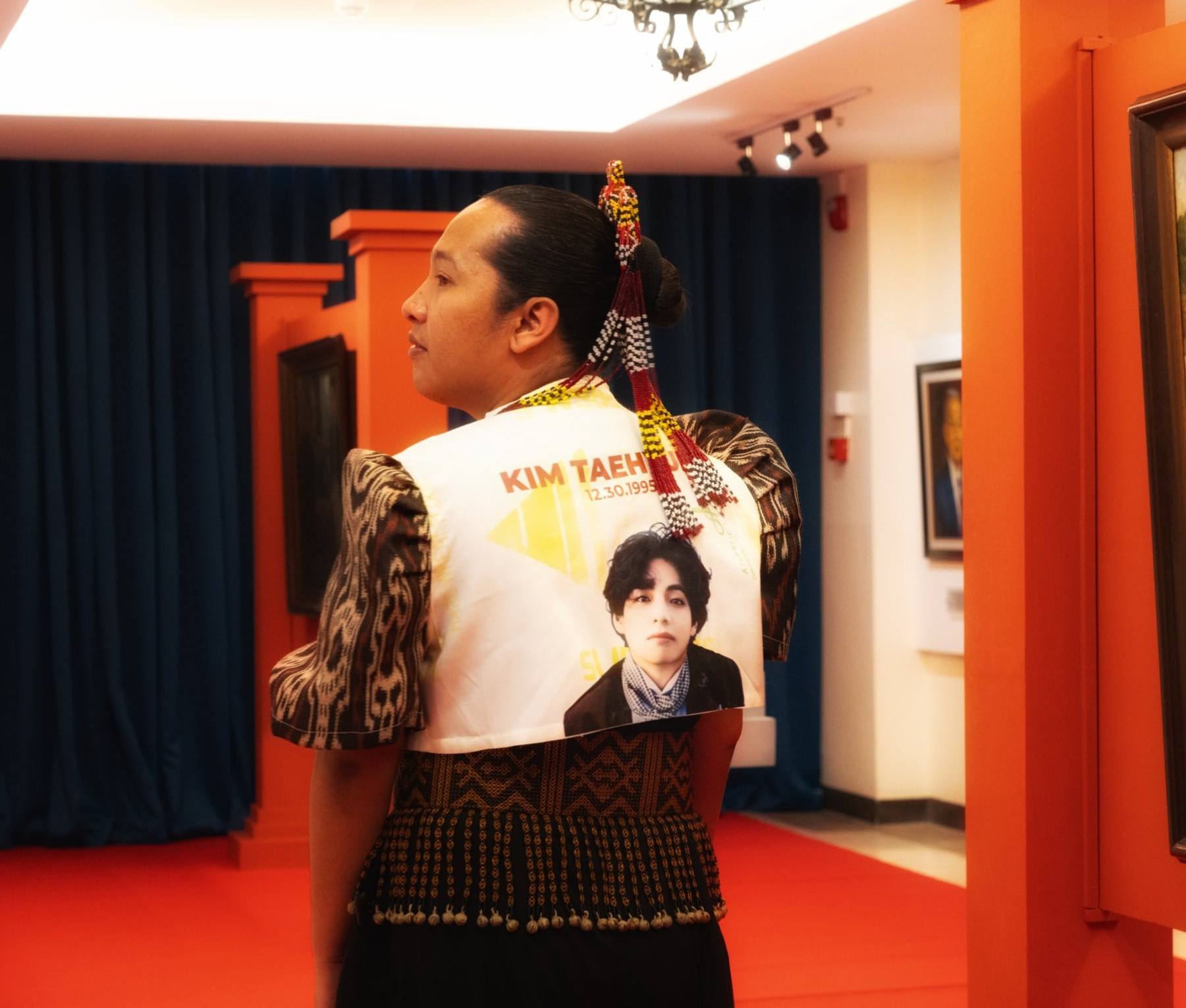
Mx. Ryan Tan, who is also the former curator of the Presidential Car Museum, is a well-known fan of the Korean supergroup BTS and its famous member Kim Taehyung, famously known as V. Coincidentally, V celebrated his 29th birthday on December 30, which is also the day commemorating Dr. Jose Rizal’s martyrdom. V was born in 1995, exactly 99 years after Rizal’s death.
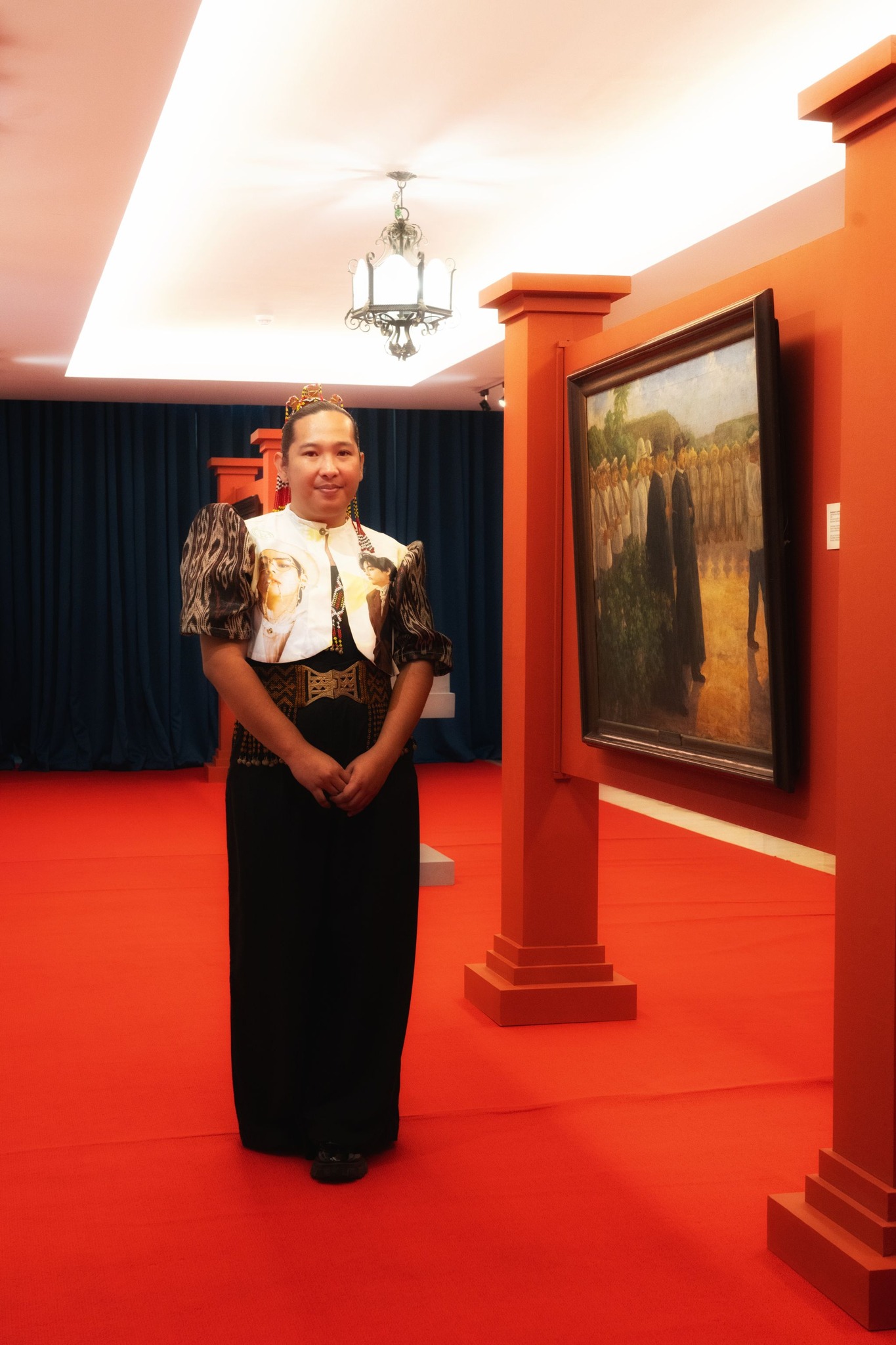
According to Mx. Ryan Tan, he manifested wearing the outfit for the occasion. In his post, he shared, “Manifesting a Kim Taehyung-Inspired Filipiniana on December 30 in Commemoration of #RizalDay2024 and V’s Birthday.”
Indeed, he successfully wore the outfit during the wreath-laying ceremony at the hero’s grave on December 30.
He shared that the outfit was made from flour sacks, while the butterfly sleeves were crafted from T’nalak fabric sourced from Lake Sebu, created by the descendants of Lang Dulay.
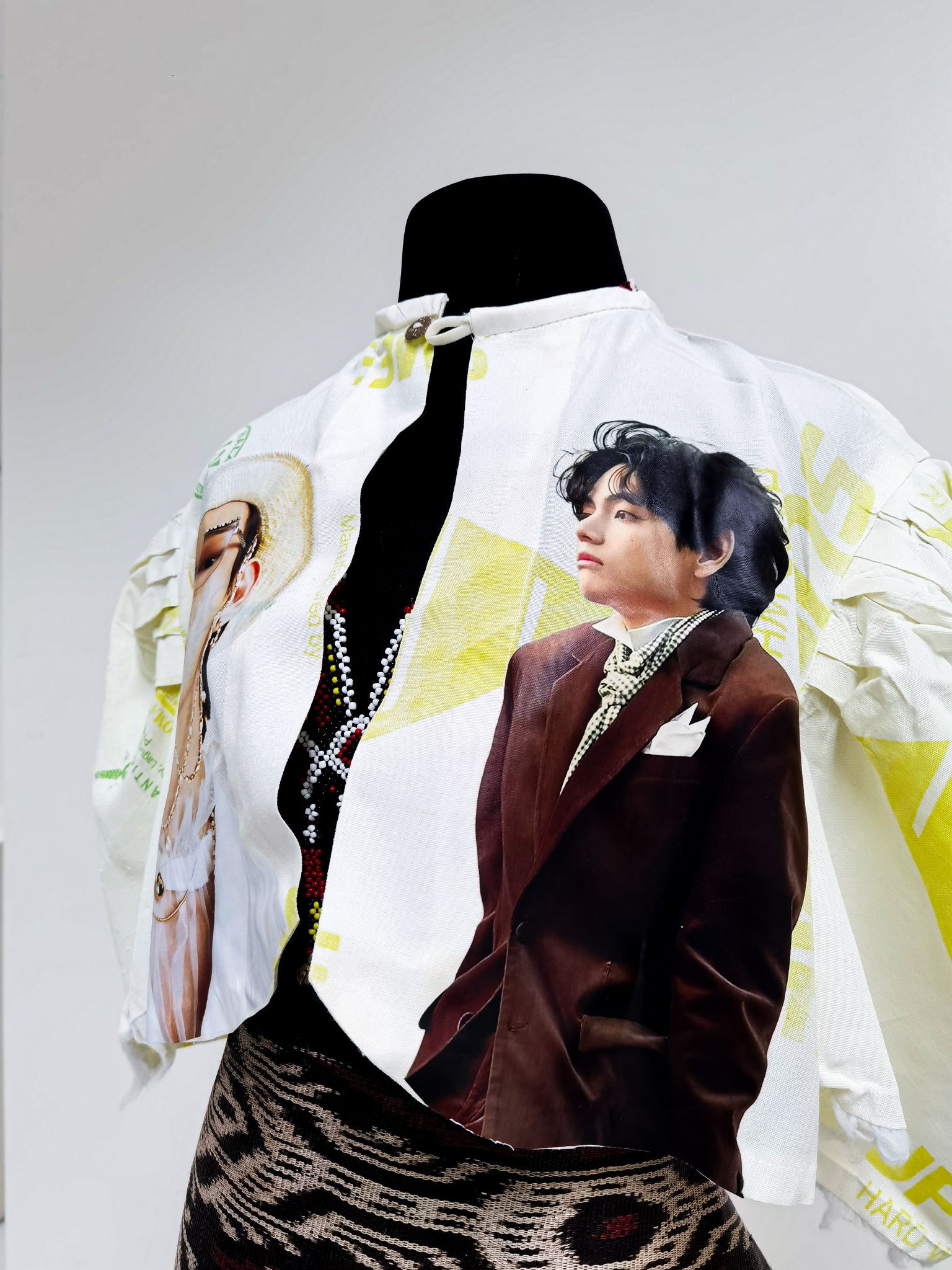
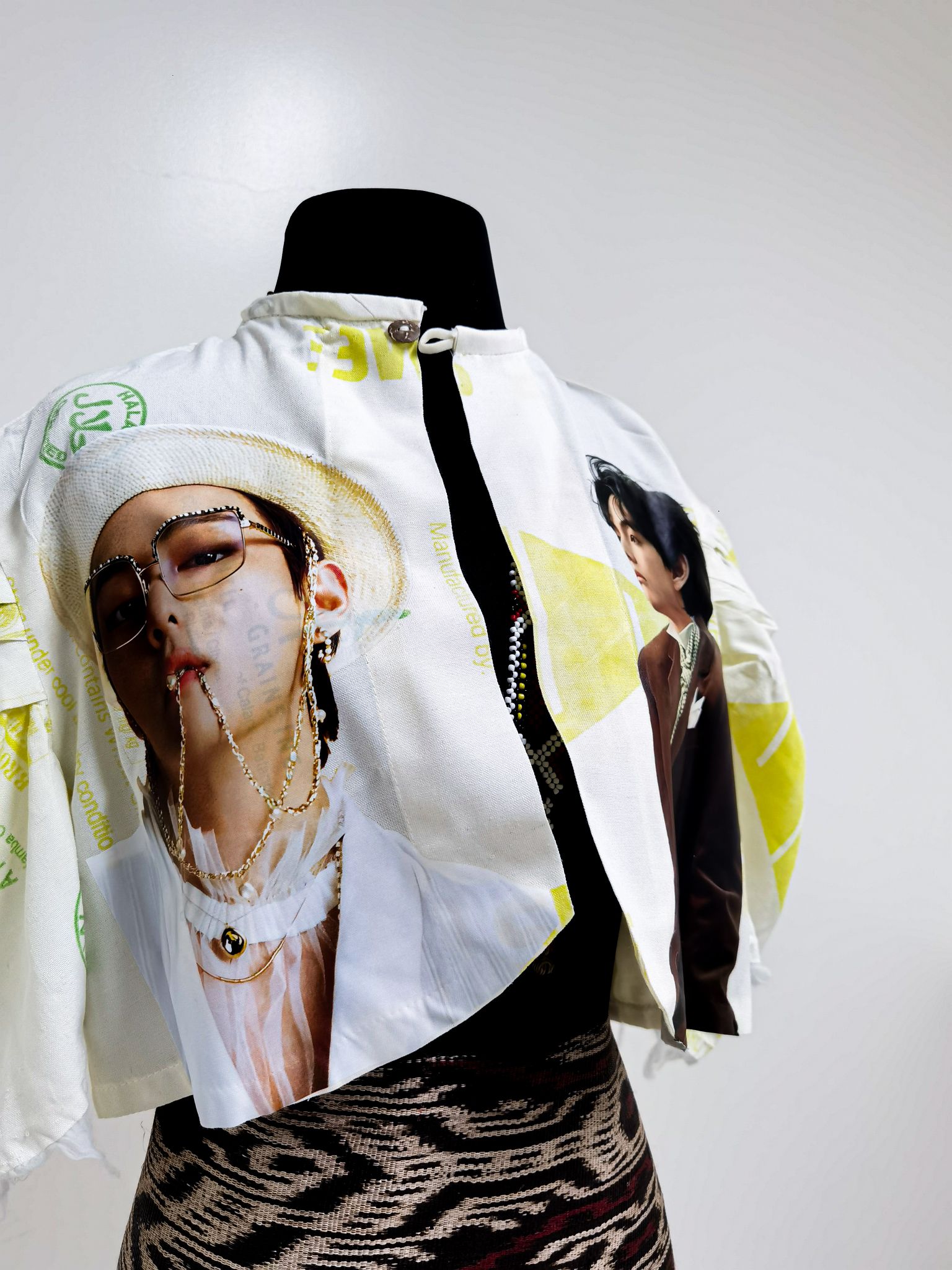
Lang Dulay (August 3, 1928 – April 30, 2015) was a T’nalak weaver from the T’boli community and was declared a National Living Treasure in 1998 through Proclamation No. 1189 signed by then-President Fidel V. Ramos on March 27, 1998.

The T’nalak is a traditional fabric of the T’boli people. Its weaving begins by extracting fibers from the stalks of the abaca plant, which are then refined into finer threads for weaving. These threads are dried and tied by hand. The designs of the T’nalak depend on the intricate tying of the abaca fibers.
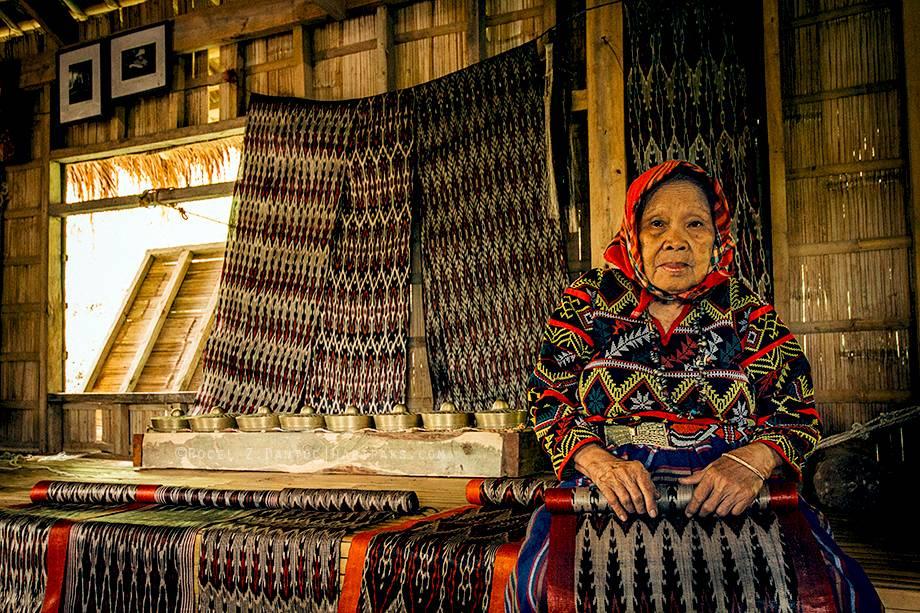
Lang Dulay was known to master over a hundred T’nalak designs, including the bulinglangit (clouds), bankiring (hair bangs), and kabangi (butterfly). Each design woven into the T’nalak, often dyed in red and black, tells unique stories. Her works reflect the wisdom and worldview of her T’boli community.
The T’nalak sleeves of Mx. Ryan’s outfit were made by Julia Maghinang, the aunt of one of his colleagues. The design was a collaboration with another renowned artist and colleague, Relly Coquia.
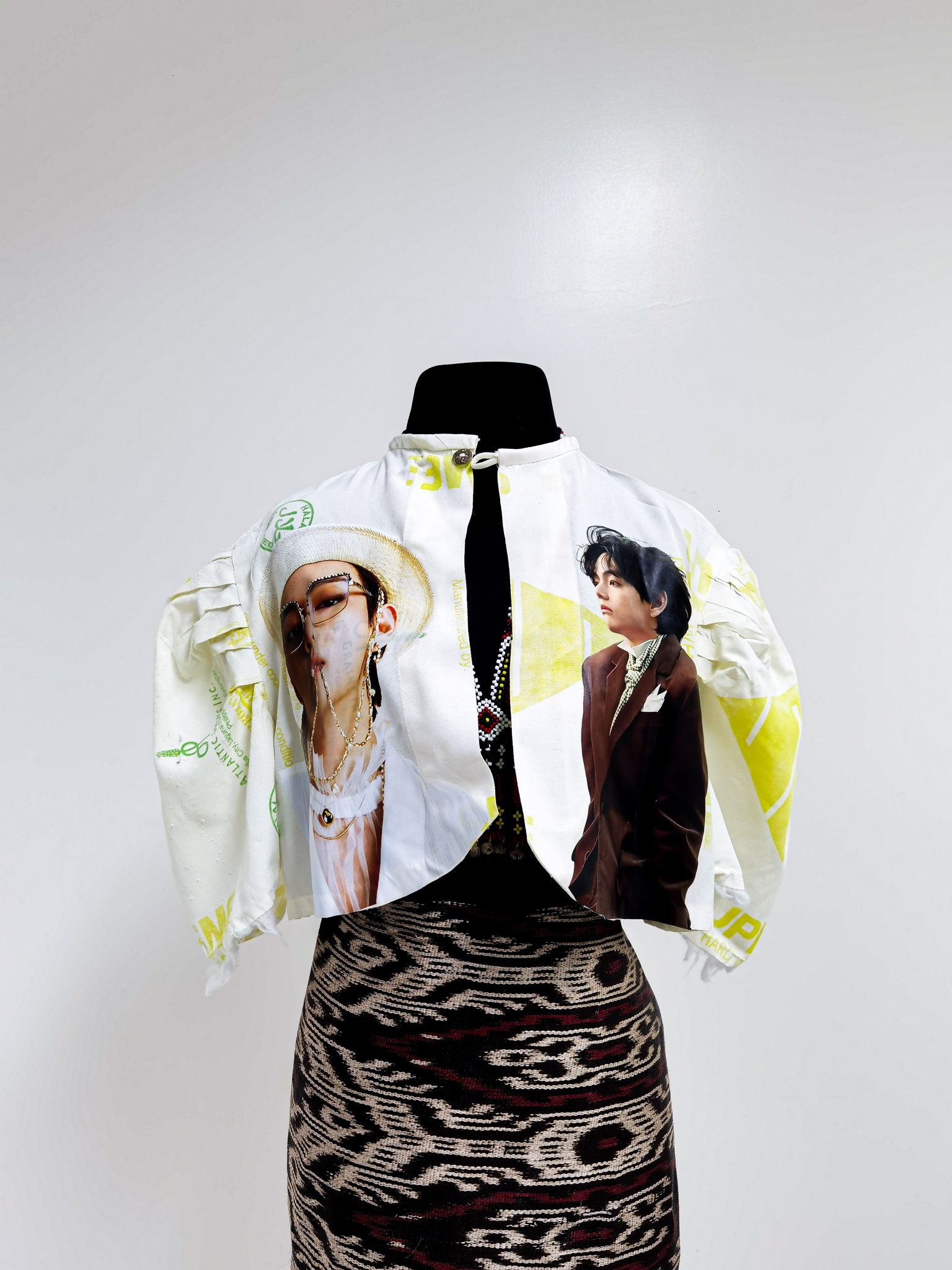
Even First Lady Liza Araneta Marcos and her son, Simon Araneta-Marcos, praised the outfit when they saw it at an exhibit held at the NHCP office on December 30. The First Lady is well-known for her projects promoting the preservation of cultural heritage.
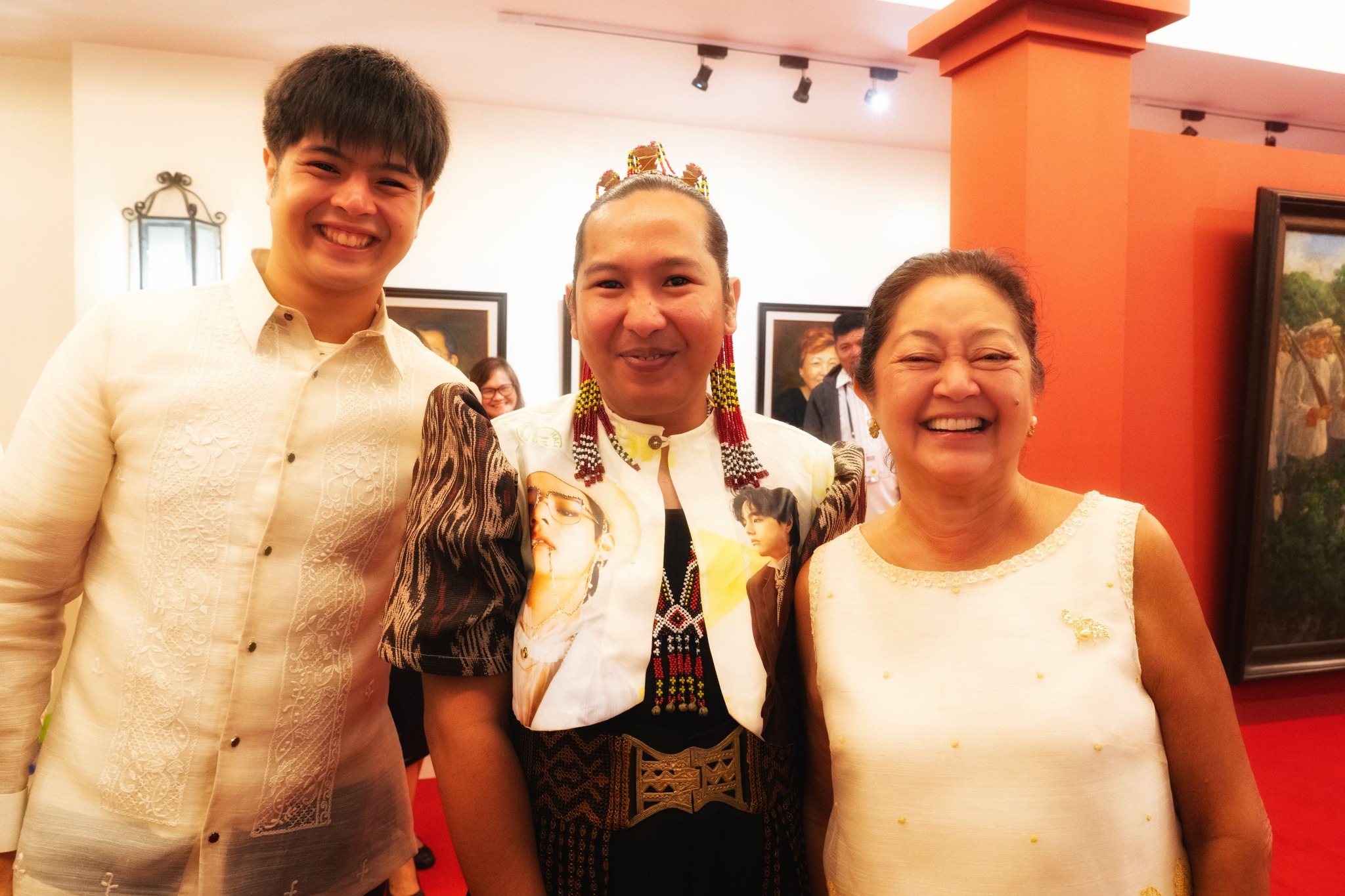
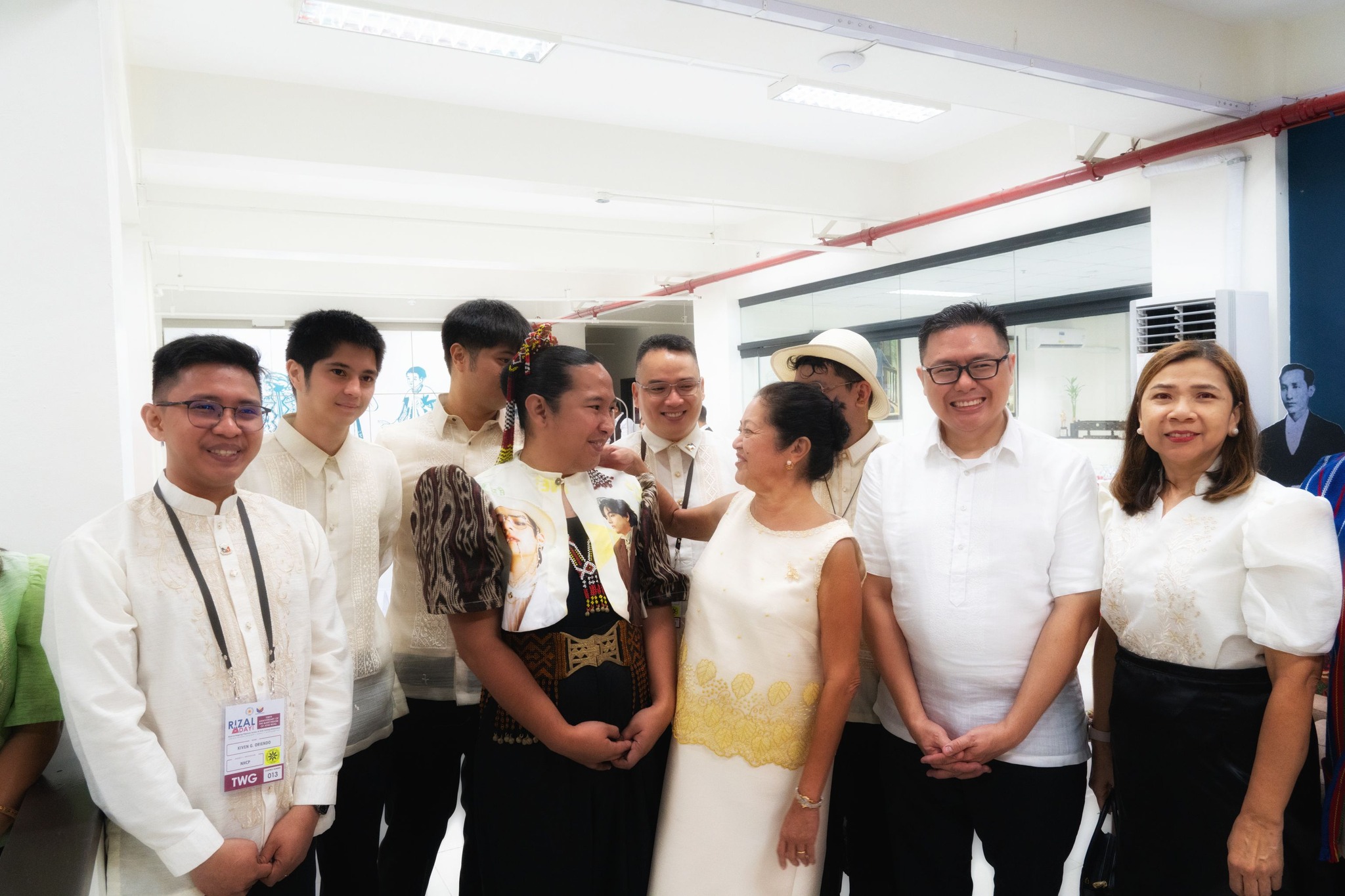
In moments like these, we see the creativity of Filipinos. Supporting other cultures doesn’t diminish our ability to express our own identity. This unique fusion of cultural elements highlights how the past and present can seamlessly intertwine. By integrating the traditional T’nalak fabric—a representation of Filipino heritage and craftsmanship—with a design inspired by modern global pop culture, Mx. Ryan Tan’s outfit becomes a symbol of how history and contemporary influences can coexist.
It reflects the idea that celebrating our roots does not hinder us from appreciating and drawing inspiration from other cultures, proving that creativity and inclusivity can bridge generations and traditions.
